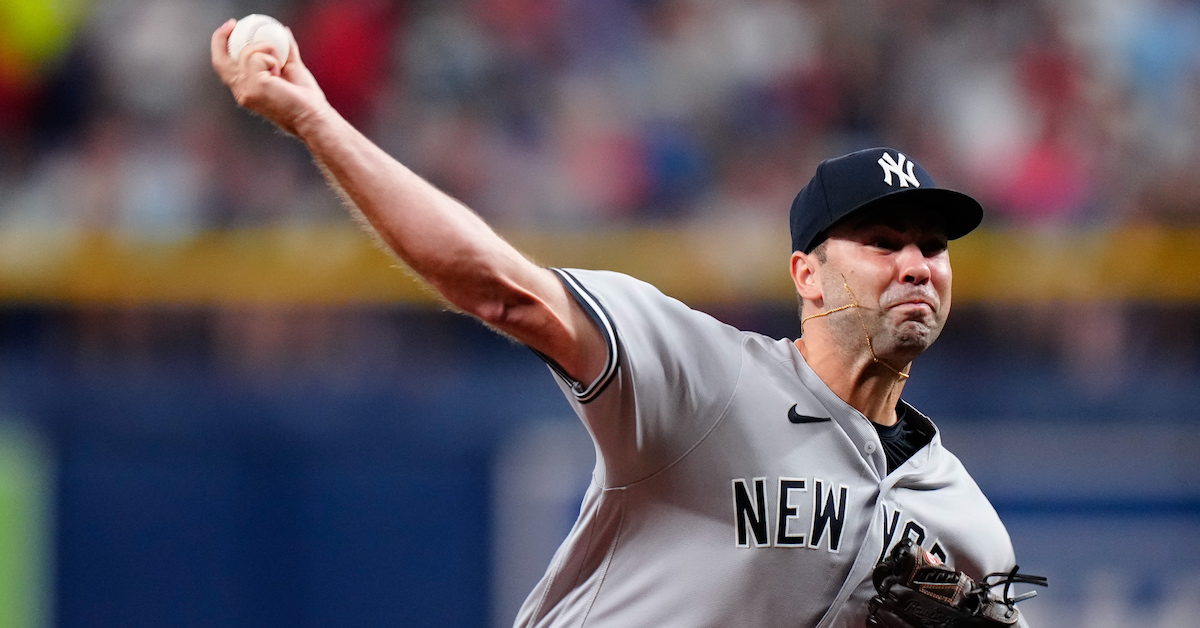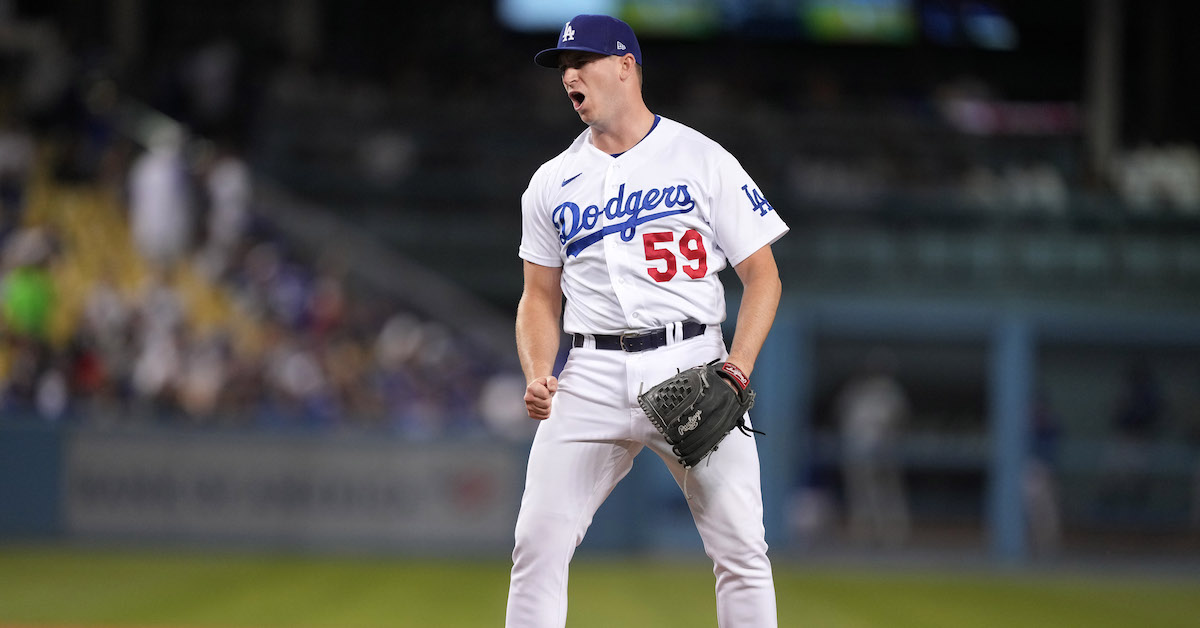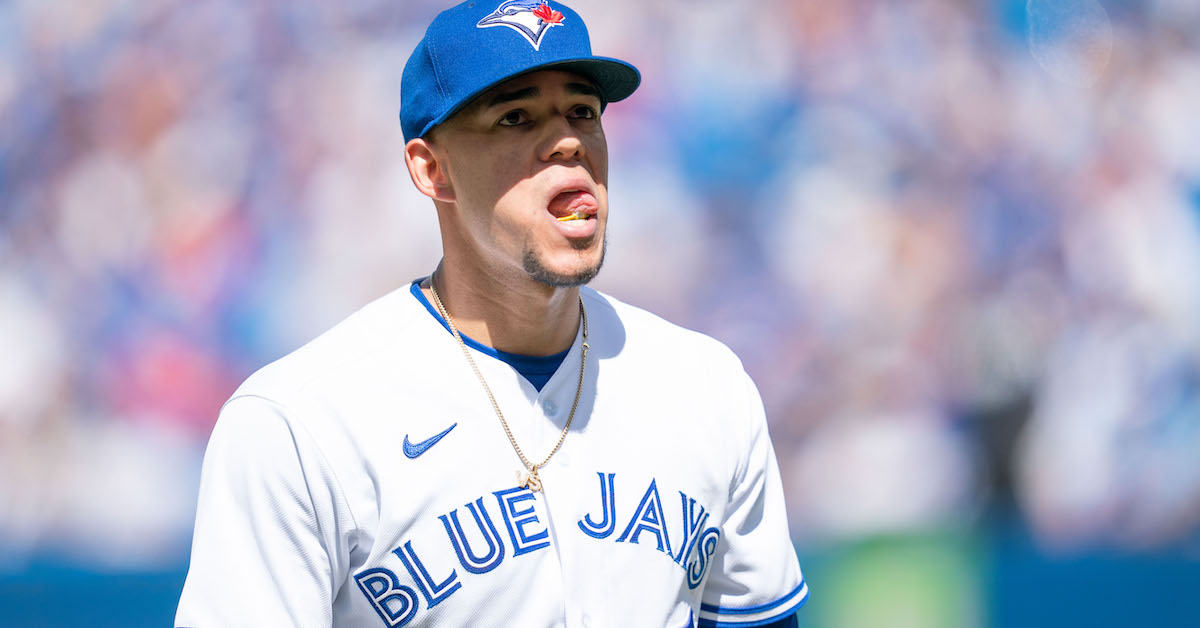Post-Trade Deadline Pitch Mix Changes: Relievers

Yesterday, I took a look at a few starters who have changed their pitch mix after being traded halfway through this season. Today, I’m finishing the set. Here are the relievers who have changed their pitch selection the most in the month after joining new teams. One note: since relievers throw fewer pitches, the variability in their mix is greater; a few extra sliders to get the feel for them in a random game can tip the percentages meaningfully. I’m focusing on five relievers who made interesting changes, but you could add others to the list.
Lou Trivino, New York Yankees
The Change: -12% Four-Seamer, -6% Changeup, +8% Cutter, +14% Slider
Trivino is a rarity, a legitimate five-pitch reliever. He’s thrown his changeup, slider, sinker, cutter, and four-seamer each at least 10% of the time this year, and mixed in an occasional curveball for good measure. The Yankees are working to change that.
Since donning pinstripes, Trivino is down to three pitches he uses at least 10% of the time: sinker, slider, cutter. His slider is new this year, one of the sweeping types that are all the rage these days, and he’d already taken to the pitch in Oakland, using it nearly 20% of the time. He’s using it even more in New York; a third of the pitches he’s thrown as a Yankee have been sliders. Read the rest of this entry »








